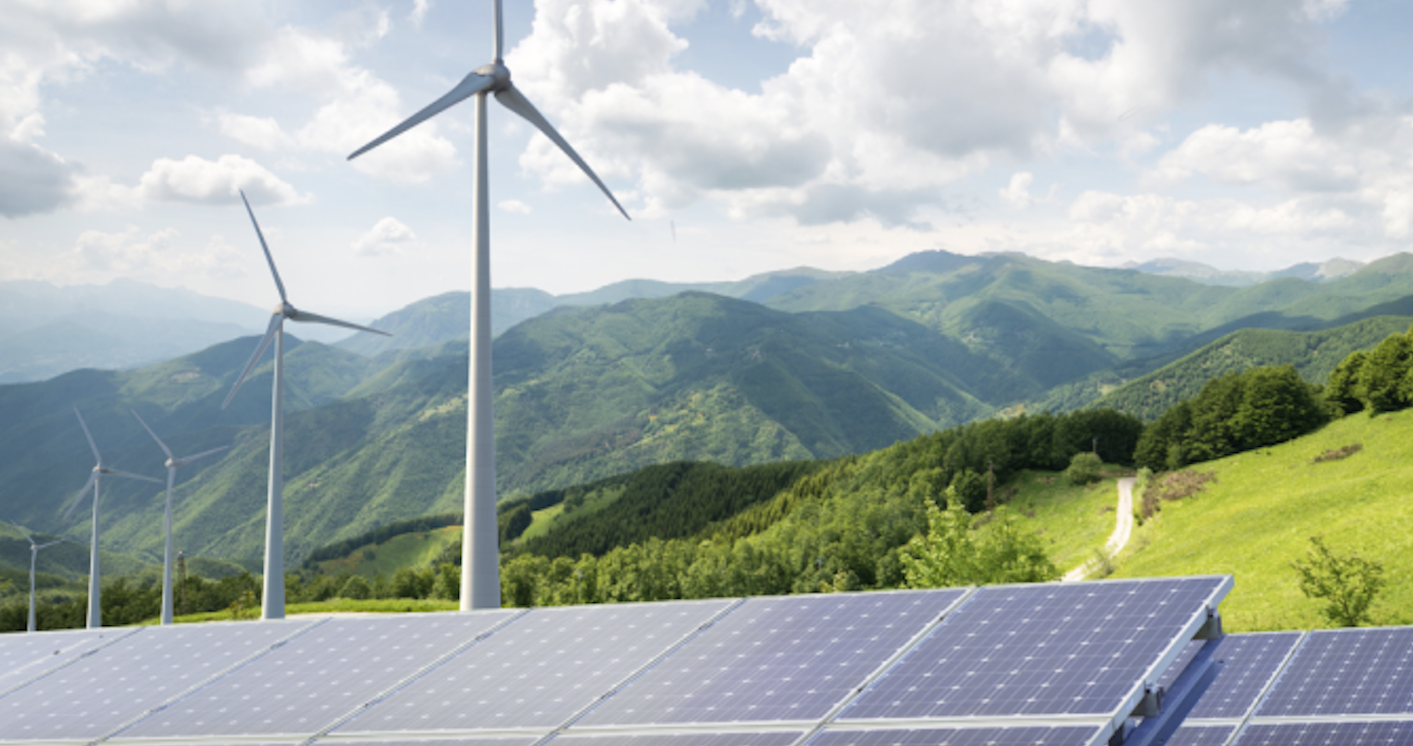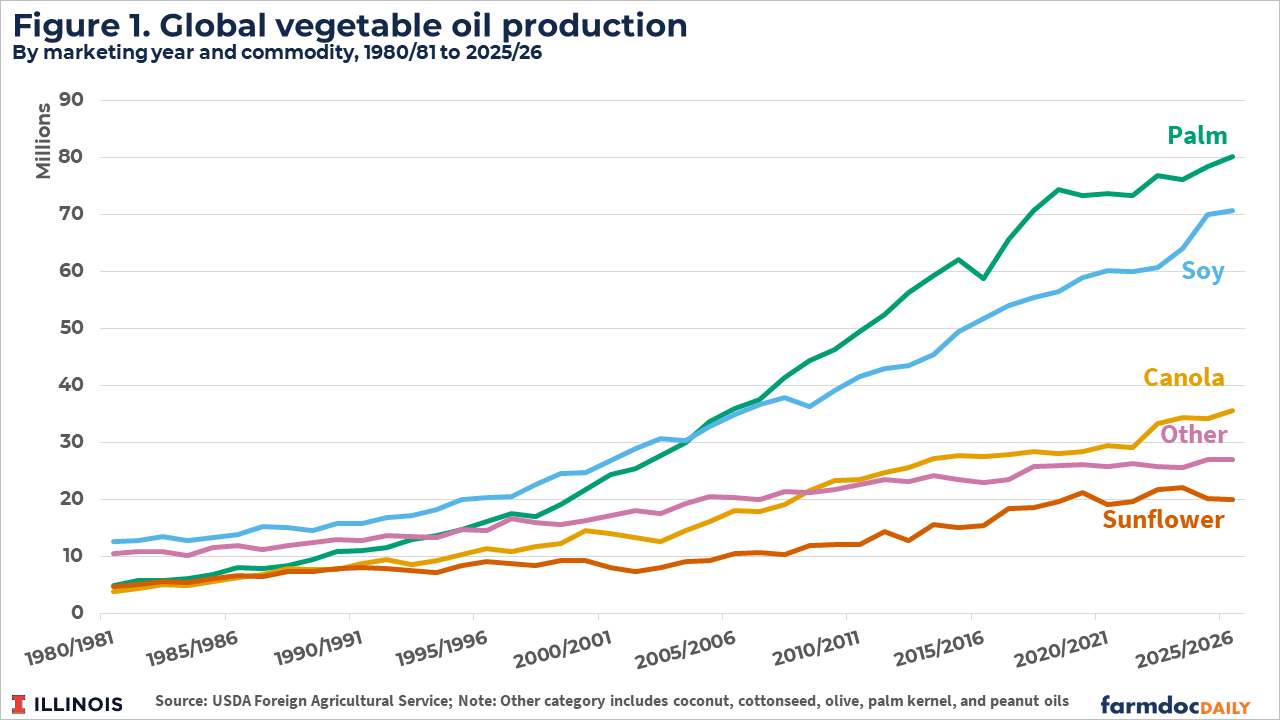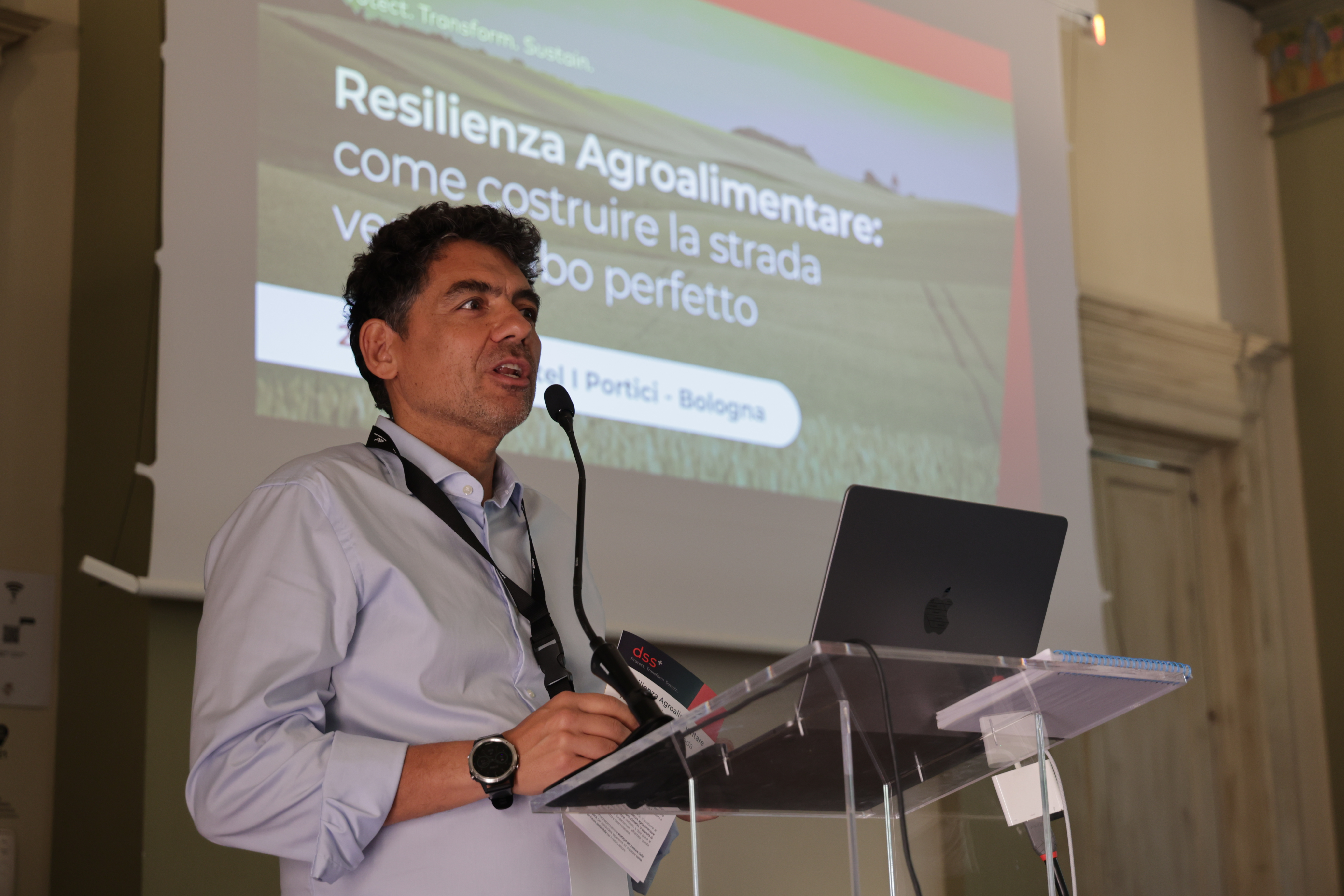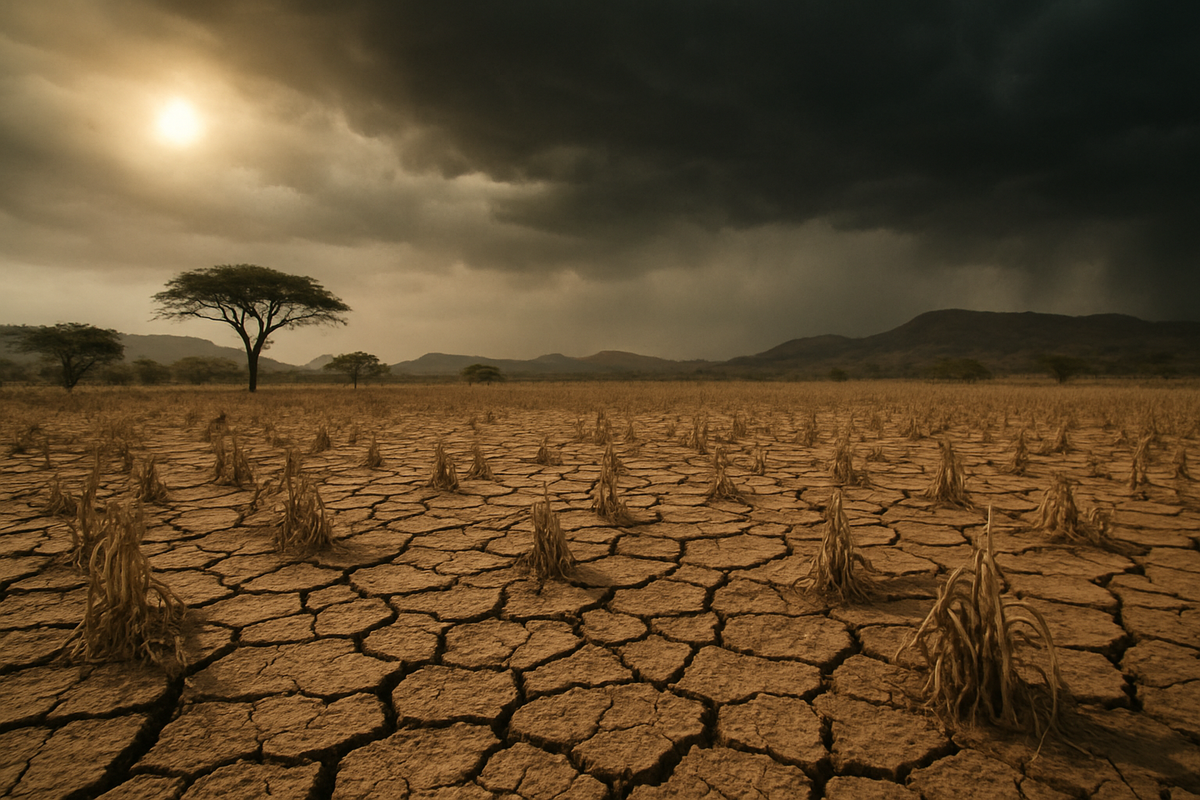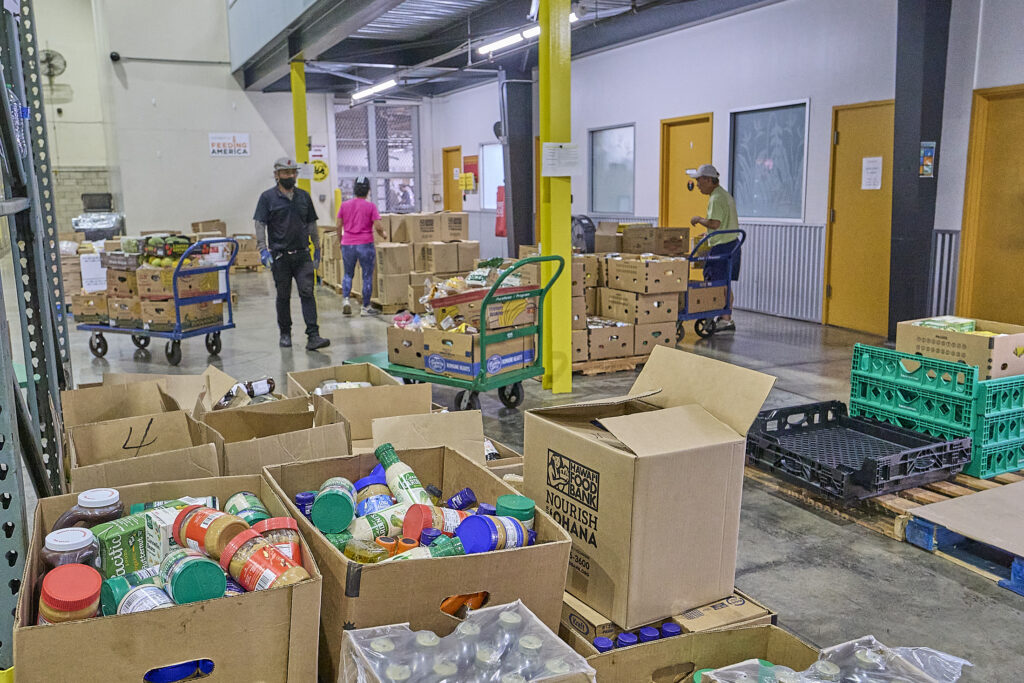The Technologies African Farmers Need
After suffering from recurrent large-scale famines, Ethiopia has become a net exporter of wheat for the first time, owing largely to the deployment of technology. Other African countries should likewise embrace irrigation, mechanization, and fertilizers to improve food security and unlock the continent's agricultural potential.
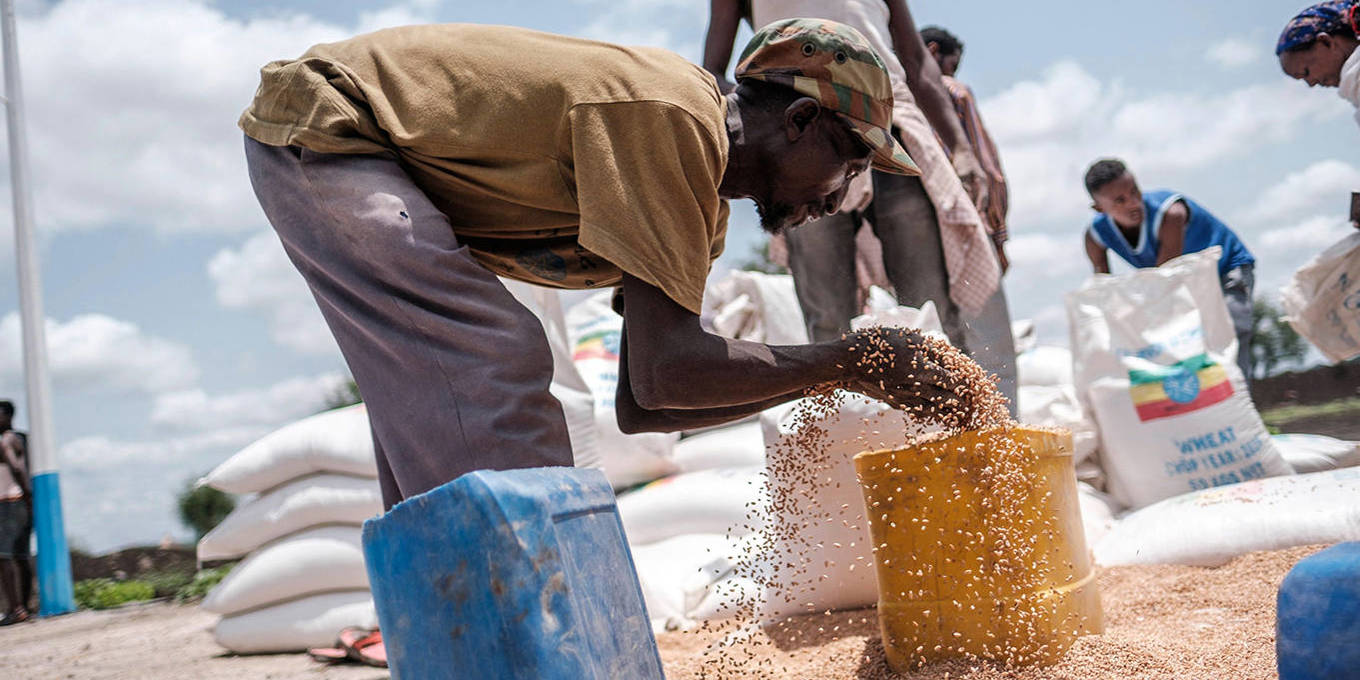
CAMBRIDGE – Ethiopia has long suffered from recurrent large-scale famines, most notably in the early 1980s, when at least one million people died, and millions more were displaced. This year, however, Ethiopia has become a net exporter of wheat for the first time, an extraordinary feat given its vulnerability to climate change and food-security crises.
While many factors contributed to this accomplishment, it mainly reflects the central role that new technologies have played in transforming Ethiopia’s agricultural sector. By boosting crop yields and building resilience to extreme weather, these innovations have proven particularly helpful in regions facing worsening droughts and other climate risks
The Technologies for African Agricultural Transformation (TAAT) program, established by the International Fertilizer Development Center, has been instrumental in deploying proven and high-performance agricultural technologies at scale, with the aim of helping farmers increase the production of millet, maize, rice, wheat, and other staples. As a result of the yield-increasing performance of these technologies, the area allocated to heat-tolerant wheat varieties in Ethiopia has grown from 5,000 hectares in 2018 to more than 2.2 million hectares in 2023, putting the country on the path to food self-sufficiency.
The “polycrisis” world of increasingly volatile global supply chains has accelerated the drive toward greater self-reliance. The war in Ukraine triggered a surge in food prices in Africa, with the wheat sub-index, for example, reaching a multiyear high in May 2022. Ethiopia was hit particularly hard, because it had been importing almost half of its wheat from Russia and Ukraine. Now the continent is reeling from the export ban that India, the world’s largest rice exporter, recently imposed on several varieties.
Amid this challenging environment, the Ethiopian government’s remarkable ability to use technology to boost domestic production and to reduce the risks associated with over-reliance on food imports may well represent a breakthrough. Such progress, especially in a country that was an agricultural basket case for several humiliating decades, offers hope for Africa, which has been on the frontline of the climate crisis, with food insecurity often fueling political unrest.
Consider, for example, that cereal yields in Africa have stagnated to 1,589 kilograms per hectare, far below the global average of 4,153 kilograms. There are many reasons for this, but chief among them is the chronic technological deficit. The lack of agro-processing and high value-added industries is another longstanding hurdle to increasing agricultural output and productivity growth on the continent, and has also exacerbated post-harvest losses estimated at about 30-50% of total food production in Africa.
Compounding the problem is the limited use of fertilizer on the continent and excessive dependence on rainfed agriculture. At around 7.6 million metric tons in 2021, fertilizer use is far lower than in East Asia (61.9 million metric tons) and South Asia (38.7 million metric tons), while the dearth of irrigation systems and other water-management tools is especially worrisome in light of the accelerating pace of global warming. These shortcomings have precipitated a rise in extreme hunger, with many communities on the continent facing the worst food crisis in 40 years.
But the consequences of geopolitical upheaval and intensifying climate risks extend beyond food security to create a vicious cycle of droughts, floods, macroeconomic instability, and balance-of-payments crises across the continent. Around 85% of the food in Sub-Saharan Africa (SSA) is imported, largely owing to the region’s weather-sensitive agriculture. The continent now spends around $75 billion annually on cereal imports, depleting foreign-exchange reserves and increasing exchange-rate pressures. (Most African currencies depreciated sharply in 2022, with the Ethiopian birr growing especially weak.) This import dependence negatively affects the balance of payments, with increasingly frequent global supply shocks exacerbating the region’s vulnerability.
Africa’s food-import bill is set to rise dramatically in the coming years, partly because of geopolitically induced shocks and projected population growth. But global warming will also fuel this surge. According to the Global Climate Risk Index, five of the ten countries most affected by climate change in 2019 were in SSA, where one-third of the world’s droughts occur but less than 1% of arable land is equipped with irrigation. The World Bank estimates that, if global temperatures rise to 2° Celsius above pre-industrial levels by 2050, crop production in SSA will decrease by 10%.
Such a gloomy prediction may well come true. This year is on track to be the hottest on record, around 1.4°C above pre-industrial average temperatures. Moreover, if greenhouse-gas emissions continue to rise at current rates, climate models predict an additional 4°C of warming during this century. The need for greater investment in climate mitigation and adaptation has never been clearer.
Faced with over-reliance on food imports and daunting climate forecasts, Africa must move away from the traditional rainfed model of agricultural production. Following Ethiopia’s lead, the continent should embrace technology to boost agricultural productivity and improve food security. This will require aggressive investment in precision-agriculture technologies, such as variable-rate irrigation, that maximize productivity in a resource-constrained environment.
In addition to water-saving innovations, policymakers should invest in high-yield seed varieties that perform well under dry conditions and in agricultural equipment to mechanize the sector. Improved infrastructure, including solar-powered irrigation systems and digital technologies that allow farmers to access early-warning systems and improve efficiency, will also be essential.
Deploying a wide range of technologies to transform Africa’s agriculture sector will address food-security concerns as well as environmental and sustainability issues. Such a move is long overdue: even though Africa is home to more than 60% of the world’s uncultivated arable land, it has yet to benefit from the green revolution that has boosted yields elsewhere. The harsh realities of climate change and geopolitical upheaval may finally create sufficiently strong incentives to unlock the continent’s potential and ensure greater self-sufficiency and resilience in food production.
What is Your Reaction?
 Like
0
Like
0
 Dislike
0
Dislike
0
 Love
0
Love
0
 Funny
0
Funny
0
 Angry
0
Angry
0
 Sad
0
Sad
0
 Wow
0
Wow
0





























